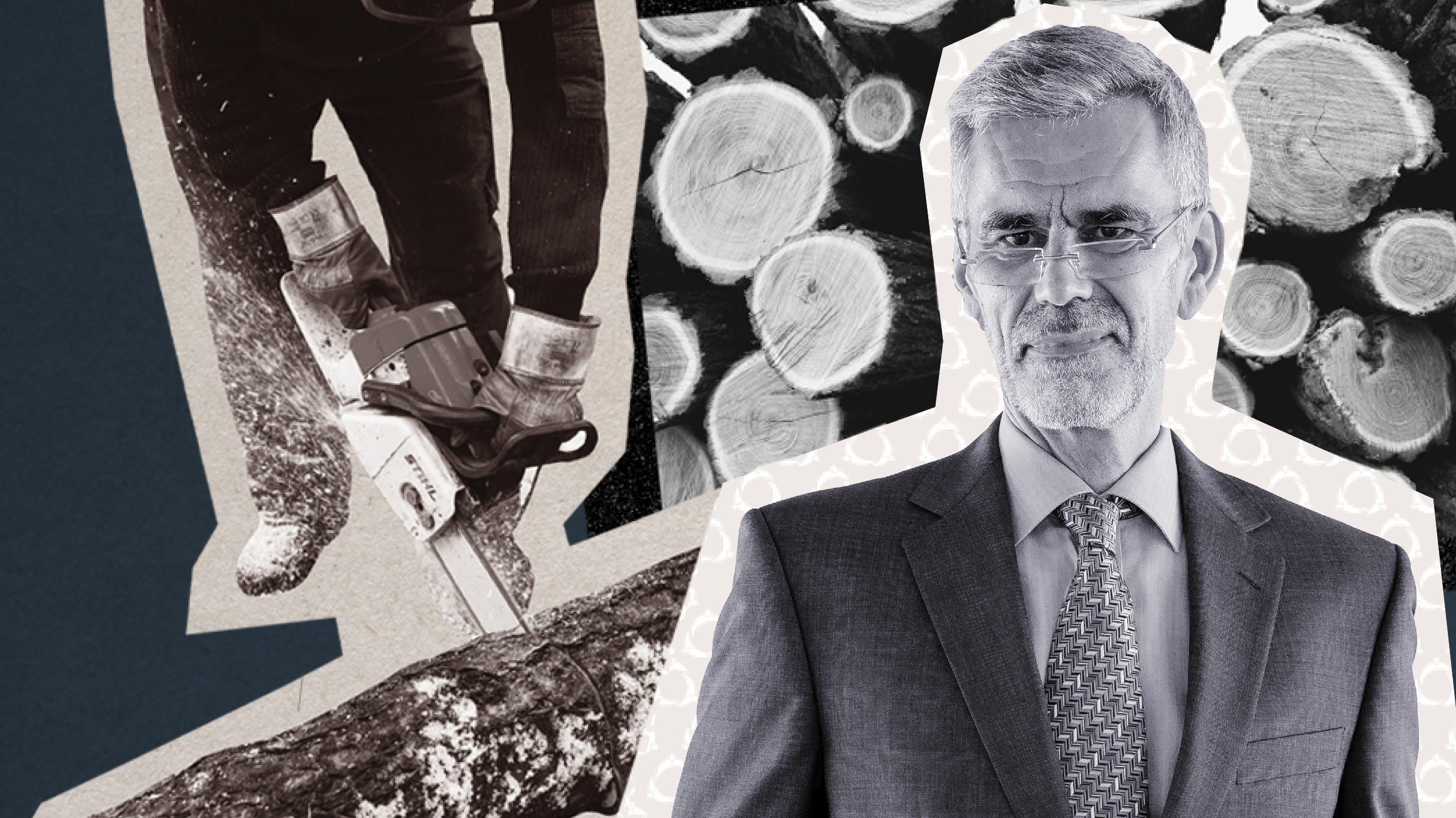In recent years, the North American forestry industry has become fraught with consumers increasingly investing in environmental health and Indigenous justice issues. Accordingly, both private and governmental stakeholders have adjusted their priorities to remain in good standing with public opinion. This is why there were great celebrations when the Atlantic Coast Pipeline was cancelled and when courts began moving toward the closure of the Dakota Access Pipeline.1 Such battles were long fought, coming on the heels of progressive governmental policies which seek to preserve environmental health and stall climate change.
Implementing environmentally-friendly policies, processes and structures in the forestry industry is not so simple. At the same time, however, the drive to do so seems only to be gaining strength among progressive governments and the supportive public. Finding executives with a background in community and environmental management will be crucial to staying abreast of forestry’s rapidly changing path.
Seeking Executives To Plan The Future of Forestry
Forestry is changing. Pulp and paper mills on Canada’s west coast are seeing losses and are struggling to keep production sites open.2Deforestation and the production of hydroelectric dams like Site C trigger ongoing fears about regional health.3And, for the first time, Indigenous peoples are being legally granted the right to tenure over growing percentages of Canada’s forestry.4
The growing list of rules and regulations, meant to keep the forestry industry in check, can present challenges, but there are also new and exciting paths forward that make sustainable use of the forest and still retain jobs.
One such example, provided by the CBC in a 2019 article, cites the use of residual biomass from sawmills to create energy, an Indigenous-led initiative guided by the Meadow Lake Tribal Council in Saskatchewan.4 Further, greater opportunities for tourism can make the most of unused or protected regions of forest in Canada without contributing to greater deforestation.4
When building out an executive team, these are realities that must be accounted for. The nature of the forestry industry is changing and, in order to stay viable, companies must be nimble. Competitive candidates should be well-versed in these short and long term possibilities and be able to plan and maneuver accordingly.
Successful Executive Teams are Building Stakeholder Networks at Key Forestry Friction Points
Industry and community partners are more important than ever. Gone are the days of insularity and cold competitiveness within the industry; ensuring long term viability will require collaboration.
Therefore, the most desirable candidates to add to an executive team will excel in building these connections or, better yet, bring a network of partnerships to the company with them. Candidates should have industry-wide contacts both in government and at the community level to ensure easy collaboration and to facilitate community and industry input when making corporate decisions. Making sure that stakeholder voices are heard and their concerns addressed can ensure smoother operations day to day and during periods of transition.
Who are these partners? Each province and, further, each region, will be the concern of a different legislative, governmental or community body. In British Columbia, it’s important to develop contacts within the provincial government’s forestry regulator and to partake in conversations not only about forest stewardship, but also about innovation. In addition, the BC First Nations Forestry Council will provide information and oversight regarding tenure, land resourcing and stewardship.5 Ensuring healthy relationships with these stakeholders—and being proactive in maintaining those relationships—will contribute to good standing in both those partnerships and public opinion.
Identify Executive Candidates That Demonstrate Proactive Management
Candidates for new executive hires should be able to demonstrate the hard skills that can create such conditions. These include a proven track record in balancing environmental and social goals with corporate goals and targets, and ensuring company viability without harming industry partnerships.
Further, executive candidates should already be versed in both existing governmental policies and those coming down the pike. With a growing body of legal precedent affording greater shares of forestry and land use to Indigenous landowners, it’s likely that tenure will continue to grow in the coming years. As long term contracts with logging companies end or are altered by new governmental policies, this new landscape must be taken into account when planning for the future.
Lastly, executive candidates should be proactive in creating and managing relationships and conversations with those stakeholders often left out of the decision making process, including Indigenous leaders. Indigenous communities have raised important and valuable concerns in recent years; ensuring the long term viability of the industry’s trajectory and company growth necessitates a genuine collaboration with all stakeholders.
The industry is in a period of transition, but transition always brings opportunity for growth. Forestry companies should capitalize on this growth by hiring forward looking, proactive and knowledgeable executive candidates to shepherd them through these uncertain times.
Cited Sources
1 CNN, Clare Duffy and Ross Levitt. “Energy Companies Cancel Construction of Atlantic Coast Pipeline.” CNN. Accessed July 20, 2020. https://www.cnn.com/2020/07/05/us/duke-dominion-energy-cancel-atlantic-coast-pipeline/index.html
2 “Here’s How Many BC Sawmills Have Taken Downtime so Far.” Wood Business, 4 June 2019, https://www.woodbusiness.ca/heres-how-many-bc-sawmills-have-taken-downtime-so-far/.
3 EJOLT. “Site C Dam, Canada | EJAtlas.” Environmental Justice Atlas, https://ejatlas.org/conflict/bc-hydro-site-c-dam-canada Accessed 17 July 2020
4 Jul 01, The Canadian Press ·. Posted:, et al. “First Nations Push for Greater Share of Forestry Industry as Policies Evolve | CBC News.” CBC, https://www.cbc.ca/news/business/first-nations-forestry-1.5196318 Accessed 17 July 2020.
5 “BC First Nations Forestry Council.” Forestry Council, https://www.forestrycouncil.ca:443/cpages/home. Accessed 17 July 2020




